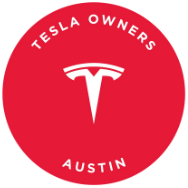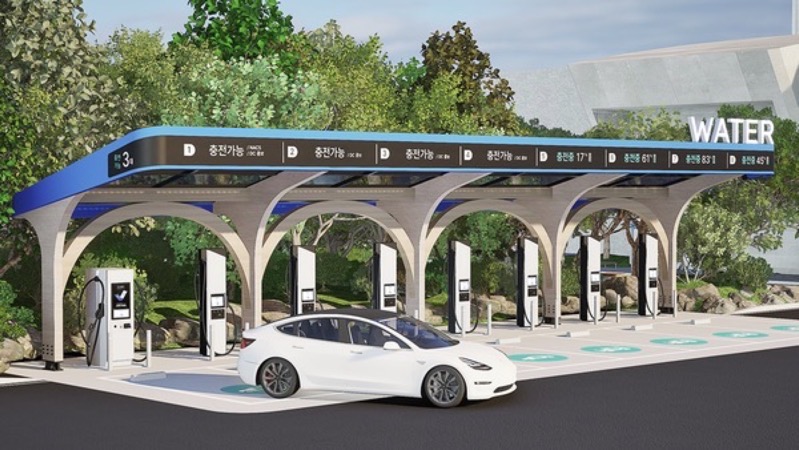South Korean company Bright Energy Partners, known for their electric vehicle (EV) charging brand “Watter,” is making a significant move in the EV charging industry. They are set to install fast chargers that support Tesla’s North American Charging Standard (NACS) at 46 locations across Korea by the end of 2024. This marks the first time a charging operator in Korea, other than Tesla, is installing chargers at highway rest areas that are compatible with Tesla vehicles.
On December 11, Watter signed an agreement with the Korea Expressway Corporation to establish a total of 209 fast and ultra-fast chargers at 46 highway rest stops nationwide. Each location will include at least one Tesla NACS-compatible charger as part of the plan. This strategic decision by Watter aligns with the increasing demand for Tesla vehicles in Korea.
Tesla Superchargers are currently limited at highway rest stops in Korea, with only one available at the Moda Outlet in the Seohaean Expressway’s Haengdamdo rest area. Despite Tesla Korea obtaining land use approval for a Supercharger at the Jinyeong rest area in Busan, the timeline for its installation remains uncertain. Watter’s initiative to install Tesla-compatible chargers at highway rest stops will provide more convenience for Tesla vehicle owners traveling across the country.
Data from the Korea Automobile Importers and Distributors Association shows that Tesla’s Model Y has become the top-selling imported car in Korea from January to August 2024, with 12,879 units sold. Following closely behind is the Model 3, ranking second with 9,002 units sold. The success of Tesla vehicles in the Korean market further emphasizes the need for accessible and efficient charging infrastructure.
Watter plans to manage and operate the chargers for the next 10 years following installation. The rollout of Tesla-compatible chargers at highway rest stops is expected to be completed by the end of this year. This collaboration between Bright Energy Partners’ Watter and the Korea Expressway Corporation marks a significant step towards enhancing the EV charging infrastructure in Korea and catering to the growing number of Tesla vehicle owners in the country.

